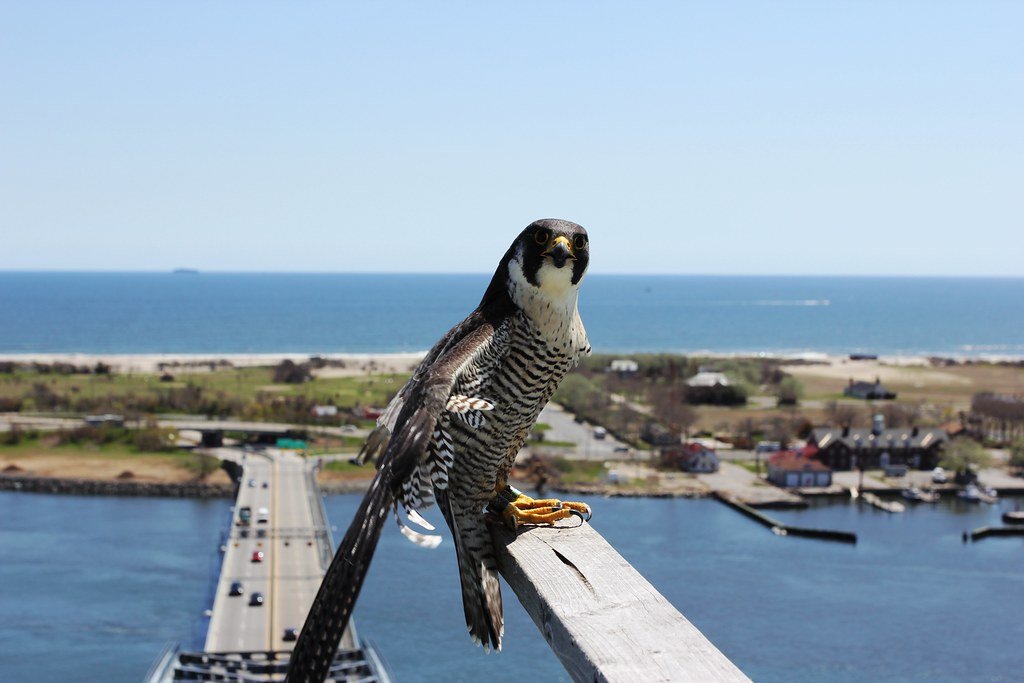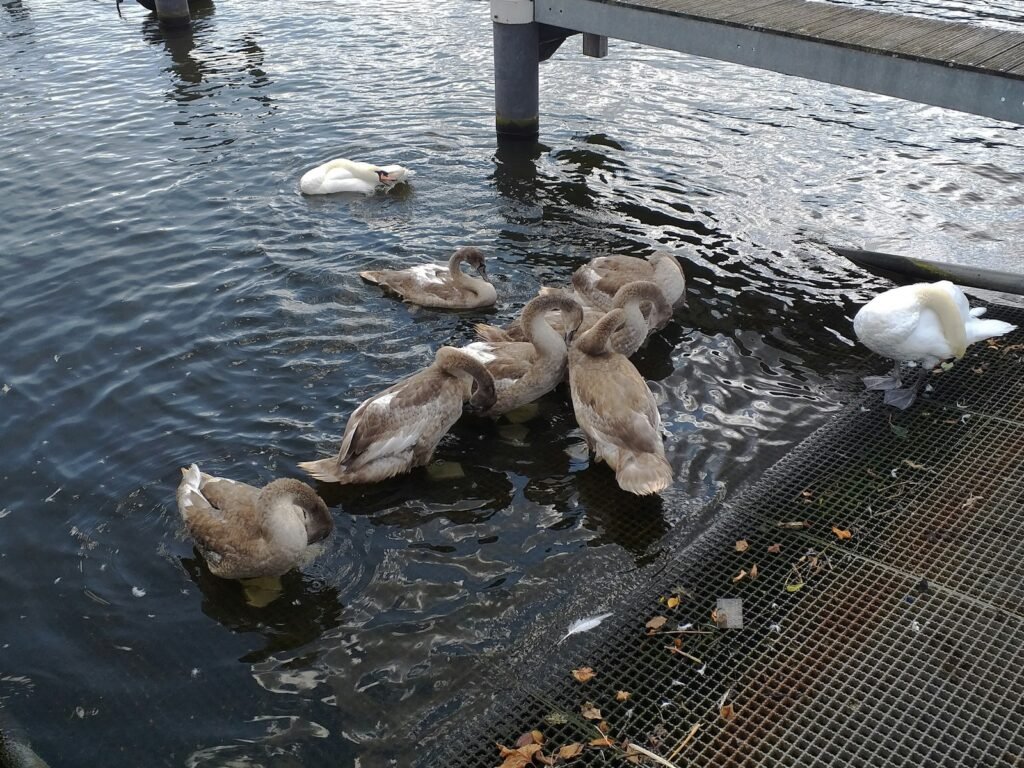Urban wildlife conservation is an increasingly critical issue as cities continue to expand, encroaching on natural habitats. This expansion poses challenges but also offers unique opportunities for conservation efforts. Historically dominated by male voices, the field of wildlife conservation is now seeing a significant shift. Women are stepping forward as leaders, researchers, educators, and policymakers, playing a pivotal role in shaping the future of urban wildlife conservation. Their contributions are not only vital to the ongoing efforts to protect wildlife but also bring diverse perspectives and innovative approaches to the field.
The Role of Women in Urban Wildlife Research

Women are at the forefront of groundbreaking research in urban wildlife conservation. They are involved in various aspects of scientific research, from field studies and data analysis to ecological modeling and behavioral studies. Female ecologists and biologists are spearheading projects that aim to understand the dynamics between urban environments and wildlife populations. Their research often focuses on the adaptability of certain species to urban landscapes and investigates how cities can be designed or modified to promote biodiversity.
Innovative Approaches in Conservation Strategies

Women are bringing fresh perspectives to conservation strategies. They emphasize the importance of inclusive and community-based approaches, advocating for solutions that consider the needs of both humans and wildlife. This comprehensive outlook is paving the way for innovative conservation strategies that are sustainable and practical. For example, women-led initiatives often incorporate urban planning and architecture to create green spaces that serve dual purposes: enhancing urban living and providing habitats for wildlife.
Leadership and Advocacy

In addition to research, women are becoming powerful voices in advocacy and policy-making. Their leadership in organizations and governmental agencies is crucial in shaping policies that protect urban wildlife. Female leaders are instrumental in advancing legislation and securing funding for conservation projects. They also play a key role in public education and awareness, helping to cultivate a culture of conservation among city dwellers.
Community Engagement and Education

Women excel in community engagement, an essential component of successful conservation efforts. They work to bridge the gap between science and the public by organizing educational programs and community workshops. Through these initiatives, they educate citizens about the importance of urban wildlife and inspire local participation in conservation activities. This grassroots involvement is critical in creating lasting changes and fostering a sense of stewardship toward urban ecosystems.
Success Stories and Case Studies

Numerous examples illustrate the impact of women in urban wildlife conservation. In cities worldwide, women-led projects are making significant strides in preserving biodiversity. From urban beekeeping initiatives in Chicago to projects focused on protecting peregrine falcons in New York, these success stories highlight the diverse ways women are contributing to urban wildlife conservation. These case studies serve as models for replication in other urban areas, demonstrating the effectiveness of innovative and inclusive conservation strategies.
Challenges and Opportunities

Despite the progress, women still face challenges in the field of wildlife conservation, including gender biases and unequal access to resources. However, these obstacles also present opportunities for growth and advocacy. By continuing to support and promote women’s involvement in urban wildlife conservation, the future of the field looks promising. As more women enter and excel in the field, they are not only addressing these challenges but also ensuring that urban wildlife conservation is holistic, effective, and inclusive.
Conclusion

Women are undeniably shaping the future of urban wildlife conservation. Through their roles as researchers, leaders, educators, and advocates, they are bringing new perspectives and solutions to the challenges facing urban ecosystems. Their contributions emphasize the importance of integrating ecological, social, and economic factors into conservation strategies, reflecting an understanding that the health of human populations and wildlife are deeply interconnected. As more women continue to drive change, the future of urban wildlife conservation stands to benefit remarkably from their leadership and vision.



